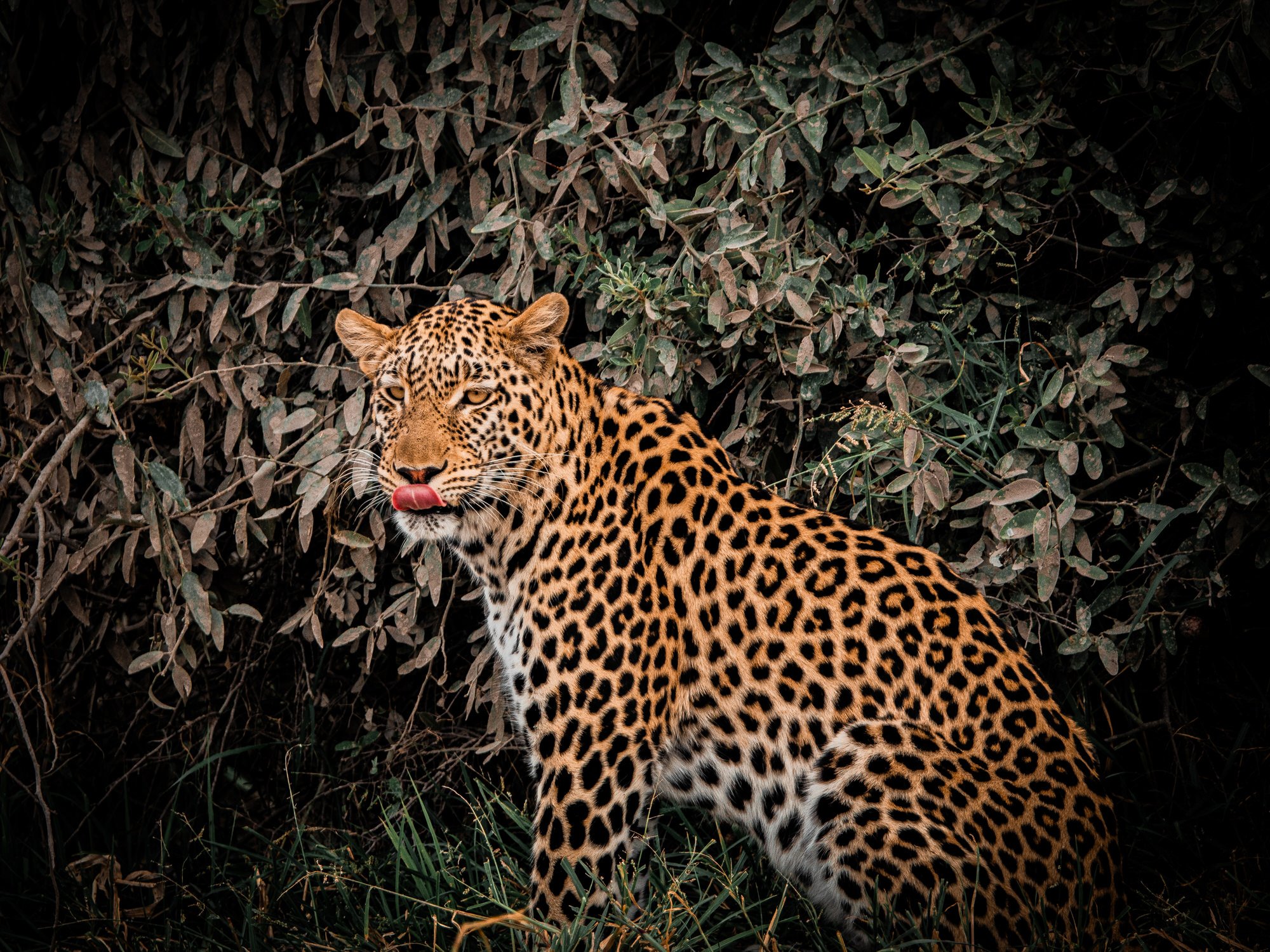
STORIES, INSIGHTS, NEWS, EVENTS & INNOVATIONS
Sensing Clues Newsblog & Events
Stay informed on the latest breakthroughs, stories, and innovations driving change in nature conservation and wildlife protection.
IMPROVED PATROL MAPS & REPORTS, TRACK DOWNLOADS, ENHANCED MAPS FEATURES & NEW TAGS IN FOCUS 360
Latest Updates on the Sensing Clues Platform
DO MORE WITH DATA
27.03.2025
Unlock the potential of data for conservation with this interactive webinar
NATURE FIRST CONFERENCE – INNOVATION AND COLLABORATION IN CONSERVATION
25.-26.06.2025
Ouwehands Dierenpark, Rhenen, Netherlands
CAUGHT IN THE CAMERA TRAP – NAVIGATING THE MYRIAD OF OPTIONS
23.01.2025
Discover the best wildlife camera trap solutions in this webinar
CHAT WITH A WILD ANIMAL: A NEW ERA IN WILDLIFE EDUCATION
Introducing GenAI powered educational chat functions
FEDERATED MONITORING, EVALUATION, AND IMPACT ASSESSMENT
A New Paradigm for Collaborative Nature Conservation
3. TUSNAD ECO BEAR CONFERENCE IN ROMANIA
Sensing Clues and Nature FIRST Join the Tusnad Eco Bear Conference in Romania
INTERVIEW WITH KOEN DE KONING ABOUT DIGITAL TWINS
Revolutionising biodiversity monitoring with real-time data and predictive models for wildlife protection
CHARCOAL RISK MODEL HACKATHON
Enhancing predictive models to reduce illegal charcoaling and protect Africa’s biodiversity
















